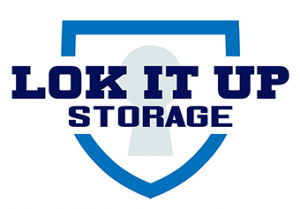- Plan ahead. Keep your frequently used items at the front of your unit where you can get at them easily.
- Map It. As you move into your storage space, make a simple drawing that shows where items are placed.
- Cover up. Protect your furniture, including mattresses and box springs, with covers designed for the item. Mattresses should stored flat on level surfaces.
- Think vertical. Make best use of your storage area by stacking to the ceiling, working from heaviest items on the bottom to lightest items on top.
- Use furniture drawers for delicate items and specially wrap and label them as “FRAGILE”. Bubble wrap and packing paper are excellent for these purposes.
- When packing toys or smaller objects, remember to fill boxes completely, stuffing open areas with plain newspaper to prevent collapsing when stacked.
- Be careful not to store anything combustible, (such as paint and chemicals), or perishable. Any food items, including pet food, will attract mice!!! Do not store any food items in your unit.
- When storing lawn and garden equipment, drain any fluids prior to storage to avoid corrosive damage.
- Use trash cans to store shovels, hoes and rakes. Always use high quality locks on your unit. Locks are available for sale—just ask your site manager for a recommendation.
- When storing delicate heirlooms, use specially constructed boxes, such as wardrobe boxes, and utilize dehumidifiers to prevent mildew build up. Remember to label these boxes “FRAGILE”.
- Store furniture carefully on boards or pallets.
- Larger appliances, such as stoves or refrigerators, provide additional space for storing towels, blankets, etc.
- Break down items such as table legs, and store tabletops and sofas on end, to save space.
- Use protective covers and treat wood surfaces before storing.
- When storing business files and inventory, label all boxes and construct aisles so files are easily seen and accessible.
- Don’t forget to add insurance to your items. It will pay for itself should there ever be damage beyond your control.
